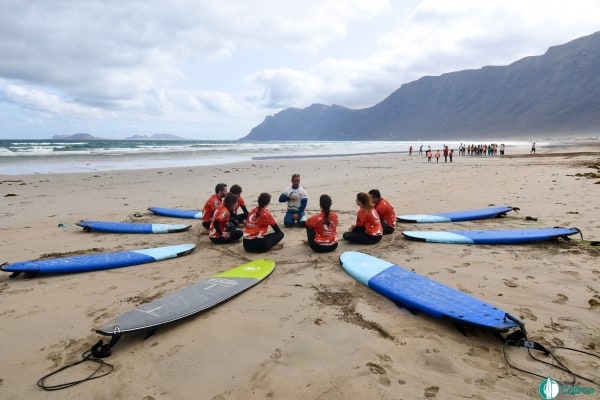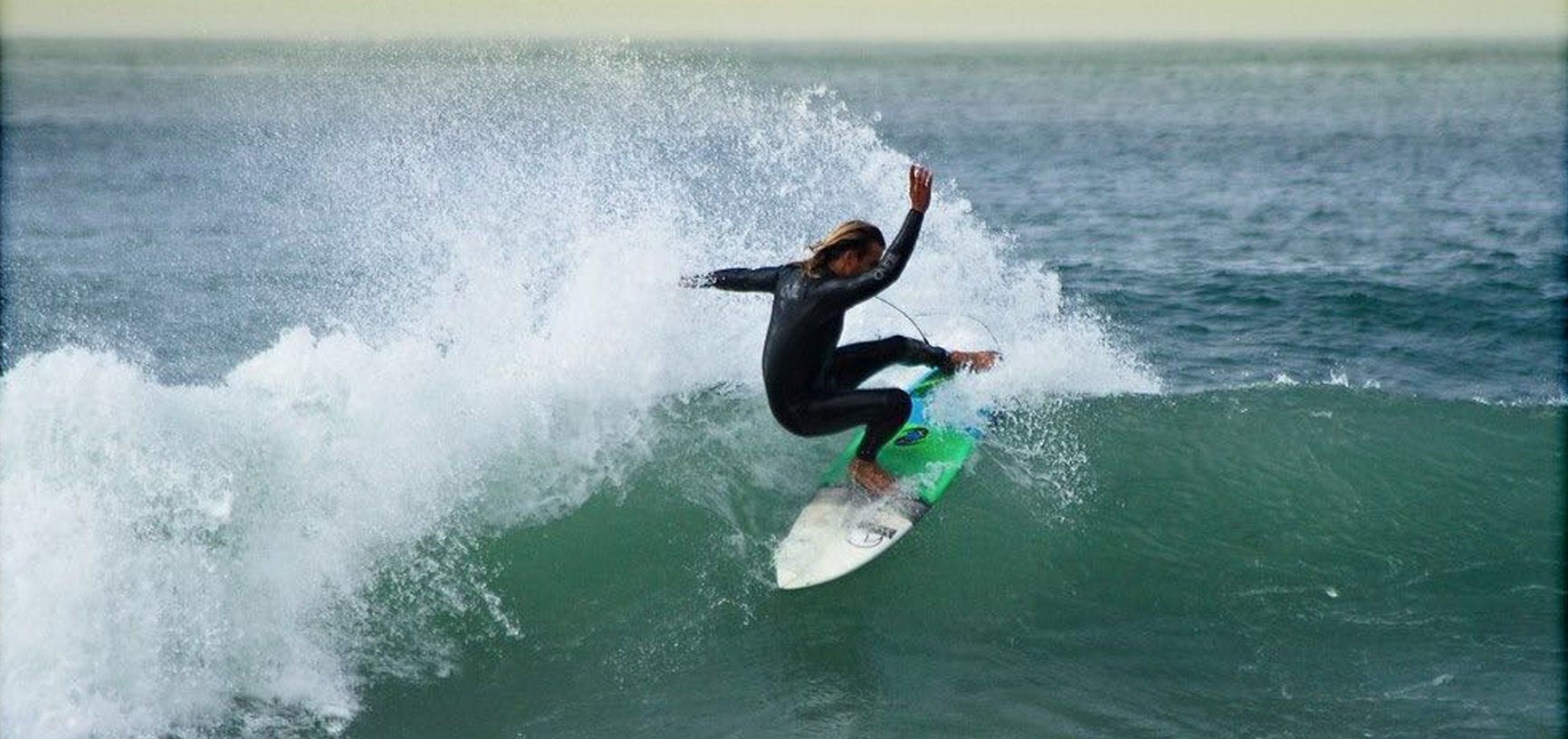
Your best experience! Our Surf school.
From surf initiation, beginner and advanced. Come to surfer Canary islands.
From:
50€/for person
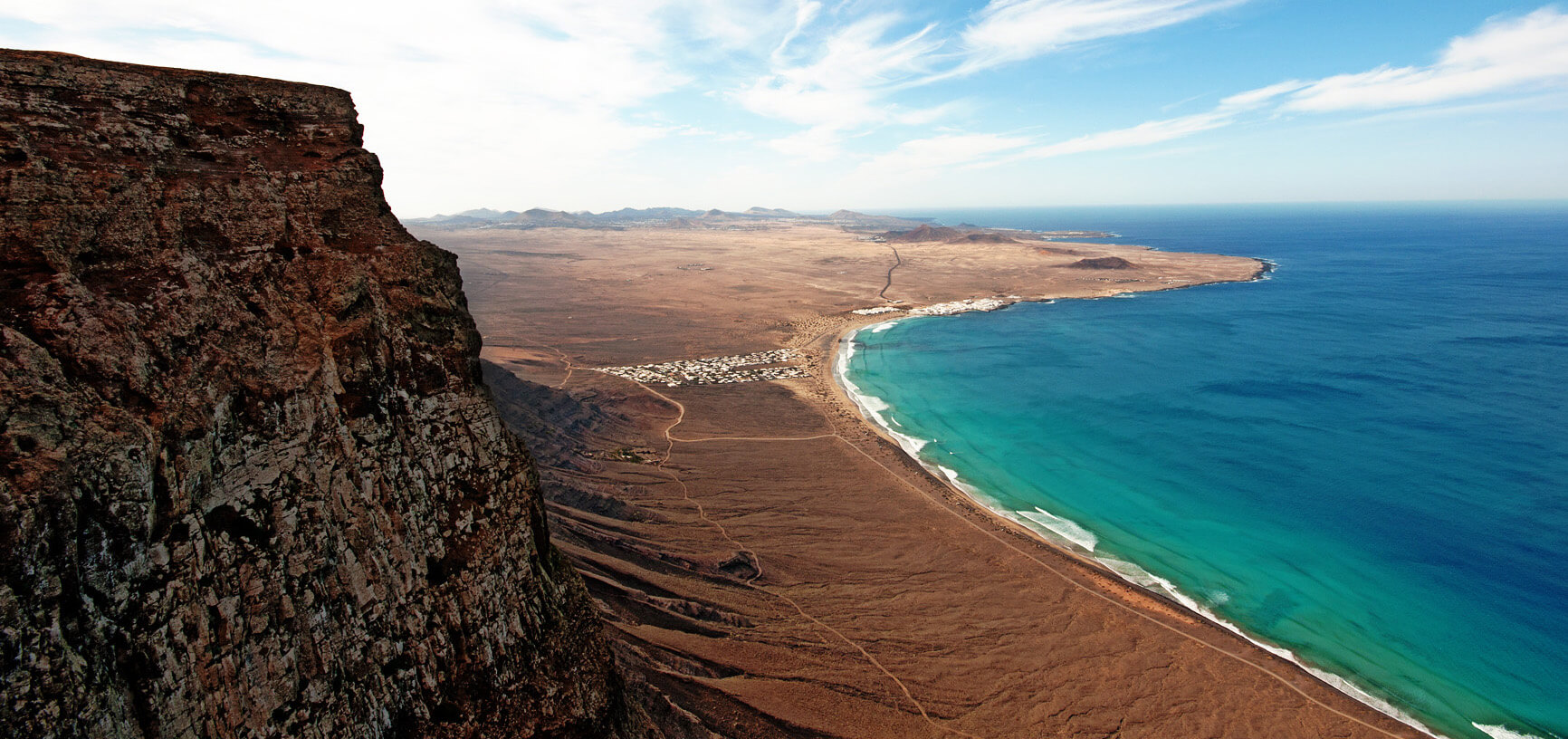
Information about Lanzarote
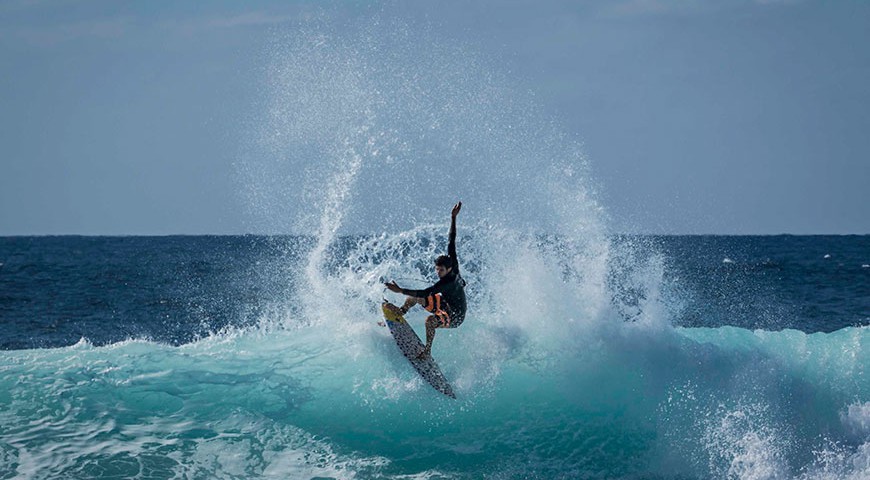
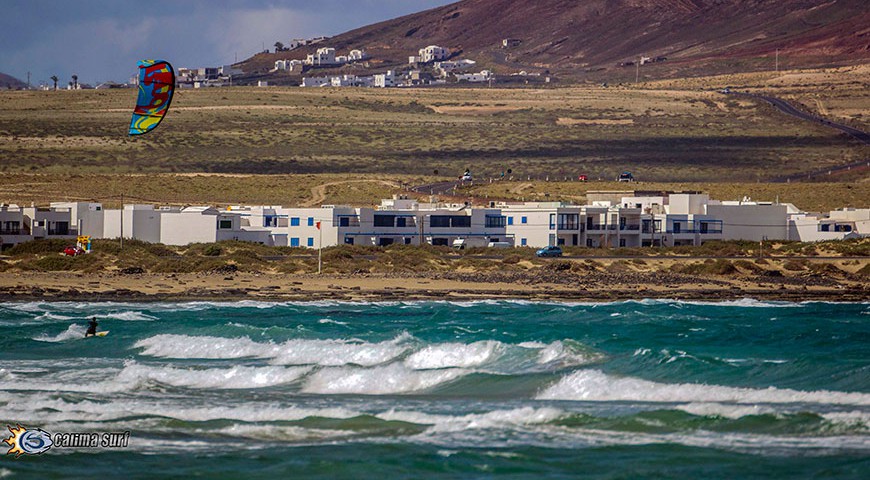
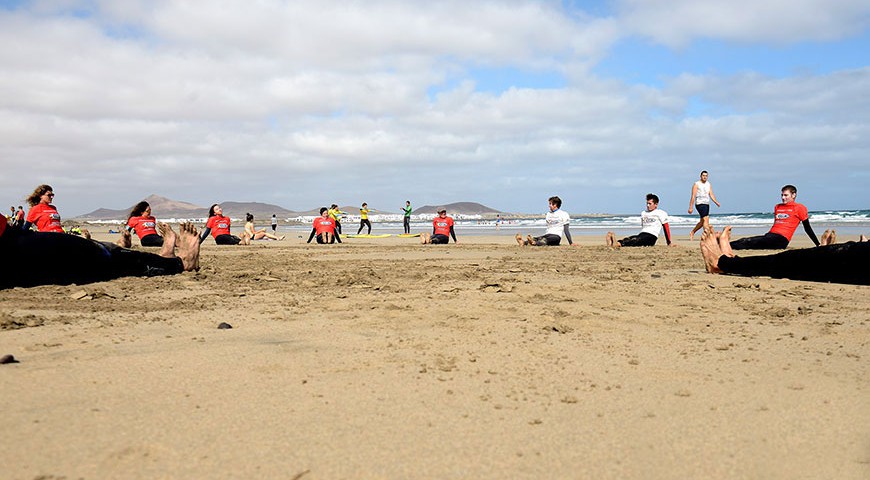
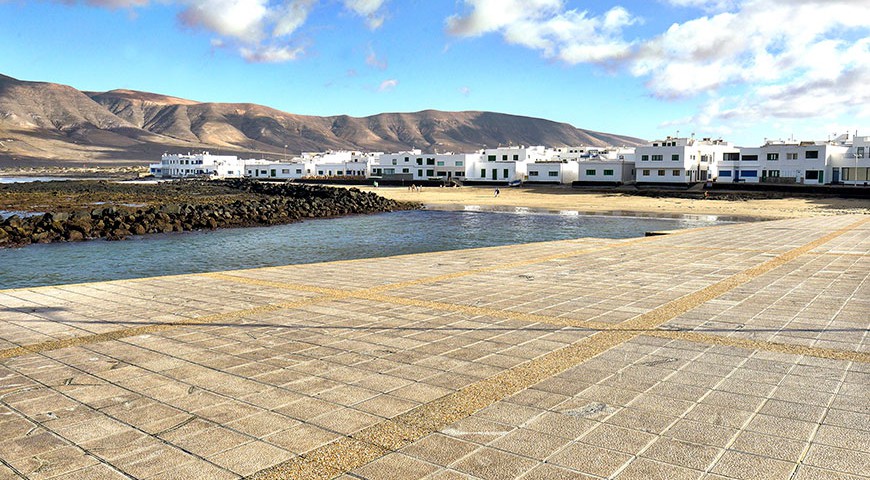
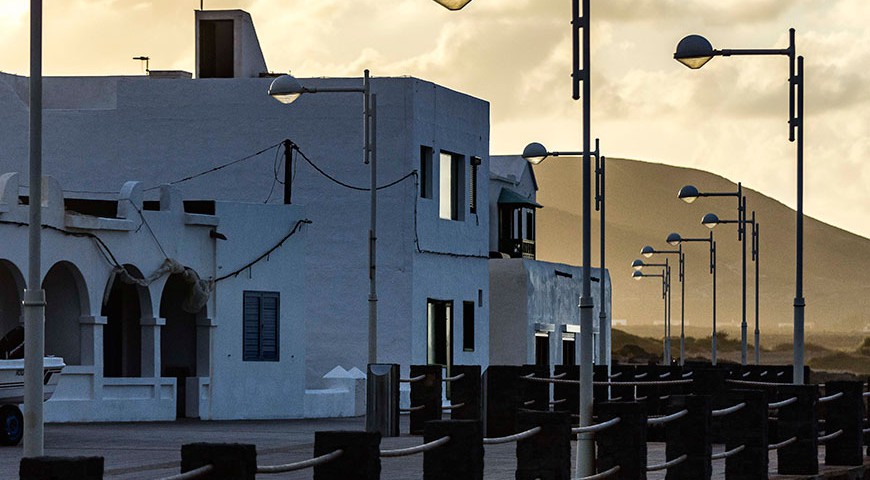
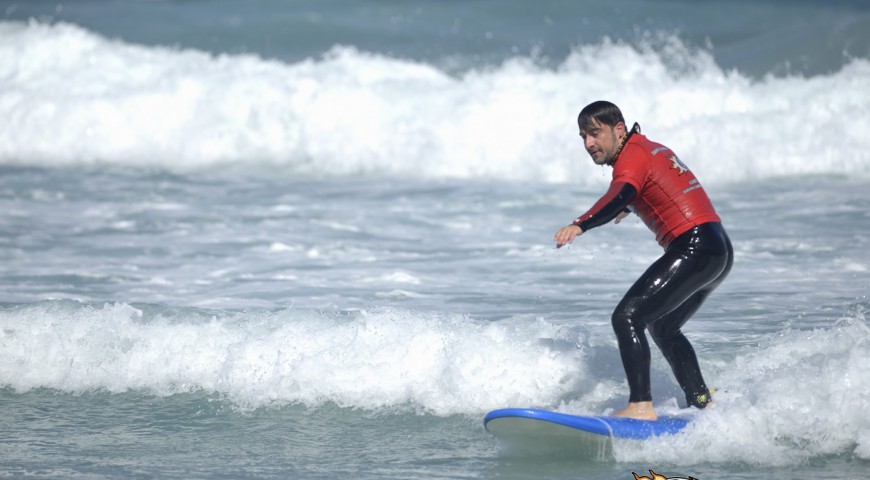
In 1993, Lanzarote was declared a biosphere reserve by UNESCO. The island constitutes one of the most protected natural ecosystems in the world.
Its natural environment is like no other. As well as the vast expanses of lava land in Timanfaya National Park and Malpaís de La Corona, the island features silica land (Jable de Famara), marine environments and beautiful coastlines. The channel between Lanzarote and La Graciosa island and the beaches in southeast Lanzarote also stand out as diverse ecosystems containing a variety of species and subspecies of flora and fauna that have adapted to the island’s conditions and so are unique to this area. 17% of plants, 60% of nesting birds, 40% of insects and 100% of reptiles are endemic to Lanzarote.
As well as the flora and fauna, the island’s inhabitants have had to adapt their lifestyle and traditions to the conditions and have developed a specialised farming culture using techniques such as growing crops on volcanic land, growing cochineal, fishing and salt production.
The growth of the tourism industry has led to the islanders gradually abandoning traditional farming in favour of the service industry, with a sharp increase in hotels and apartments on the island and some 250, 000 accommodation places available. This relative overcrowding has threatened to push the island natural environment to its limits.
In an attempt to curb this rapid development and make Lanzarote more sustainable as a Biosphere Reserve, a number of policies have been introduced, as part of the Lanzarote Biosphere Plan, an ambitious study aimed at coming up with a global strategy for the sustainable development of the Island.
This programme is especially focussed on the sustainable use and preservation of natural resources as well as biodiversity, the physical environment and the landscape, supporting the recuperation and restoration of cultural heritage, boosting sustainable development in the local economy and at the same time, minimising resource consumption and waste generation. The Lanzarote Biosphere Plan has been designed from the point of view of the public participation of each individual.
This change in approach to the island’s policies gained international recognition with the declaration of Lanzarote Biosphere Reserve as part of the MAB (Man and Biosphere).
Lanzarote is both the easternmost and northernmost of the Canary Islands. It has a surface area of just over 800km2 and a low relief with few mountains. The maximum altitude is less than 700 metres below sea level despite it being a volcanic island.
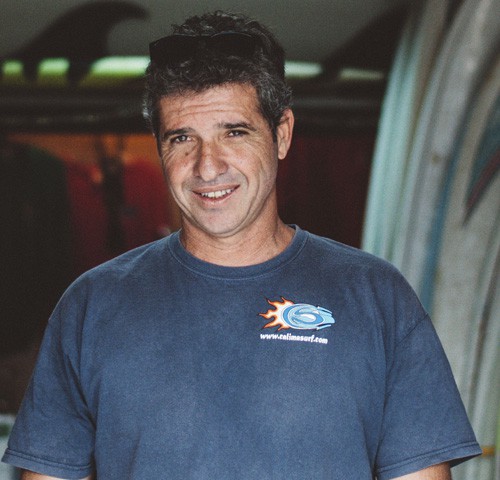
Maike
Lanzarote
Program - Advanced Surfcamp, Information about the island, Things to do in Lanzarote, Surfing Waves in Lanzarote, This is Famara, Trips out in Lanzarote, Travelling to Lanzarote, Information about Boat Companies in Lanzarote, Rent Camper Vans in Lanzarote, Apartments, Beginners Surf Camp, Guide for Parents, Specific technical training with Paleo Famara in Lanzarote, Your best experience! Our Surf school., Offer job
Founder of the school in 1996, he currently heads the company's marketing and human resources. He started surfing in 1981, his passion for the sport leading him to surf in 5 continents. In the early days of Calima Surf, he managed the school and led the surfaris with the most advanced level 3 customers. Maike is still in search of the perfect wave and will travel the world to find it. If you want to meet him, find him in San Juan or La Santa where he spends more time than he does in his own house.
Did you like this program? Share it with your friends to make the best trip this vacation season:

From surf initiation, beginner and advanced. Come to surfer Canary islands.
From:
50€/for person
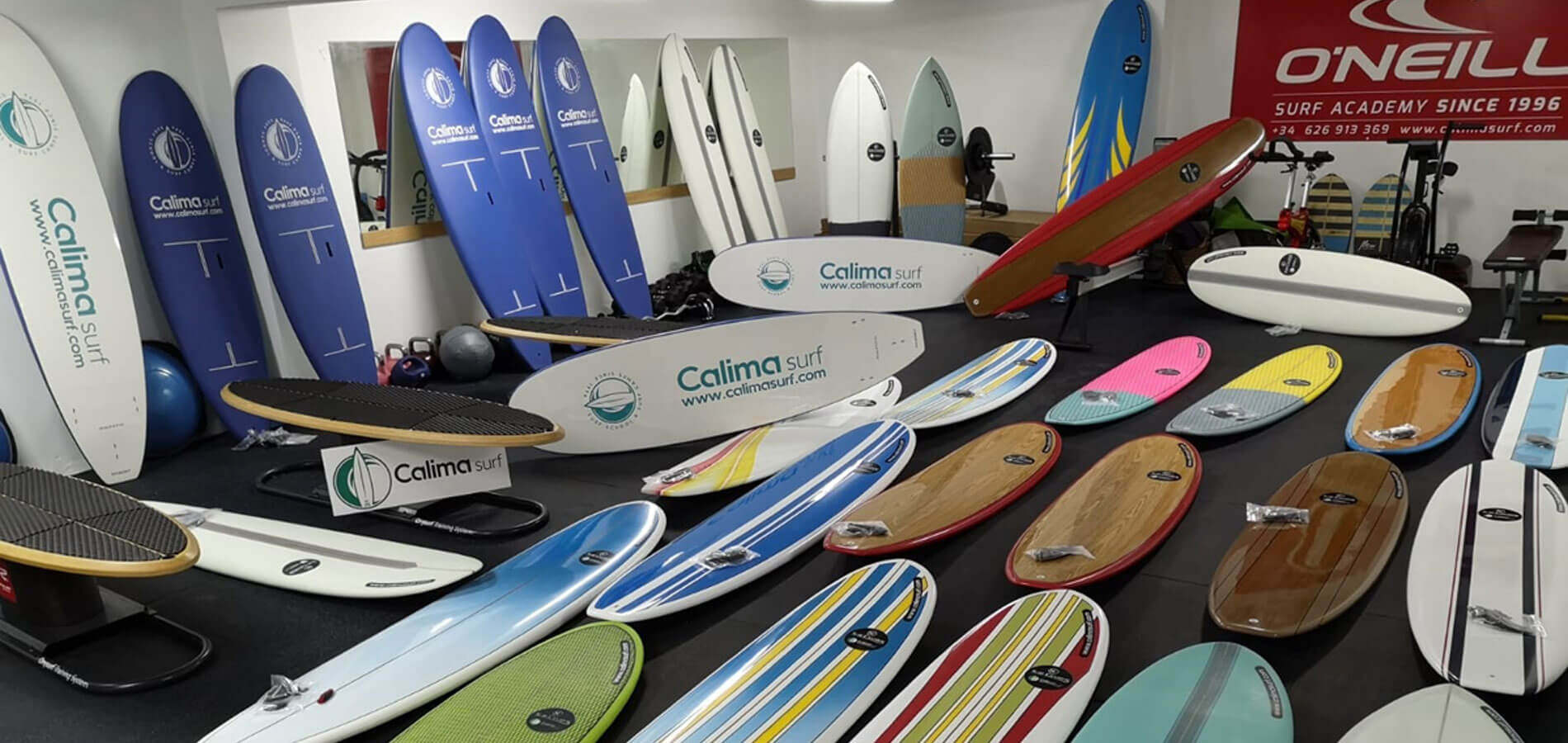
If you consider that you already have experience to go on your own. This is your camp!
From:
160€/for person
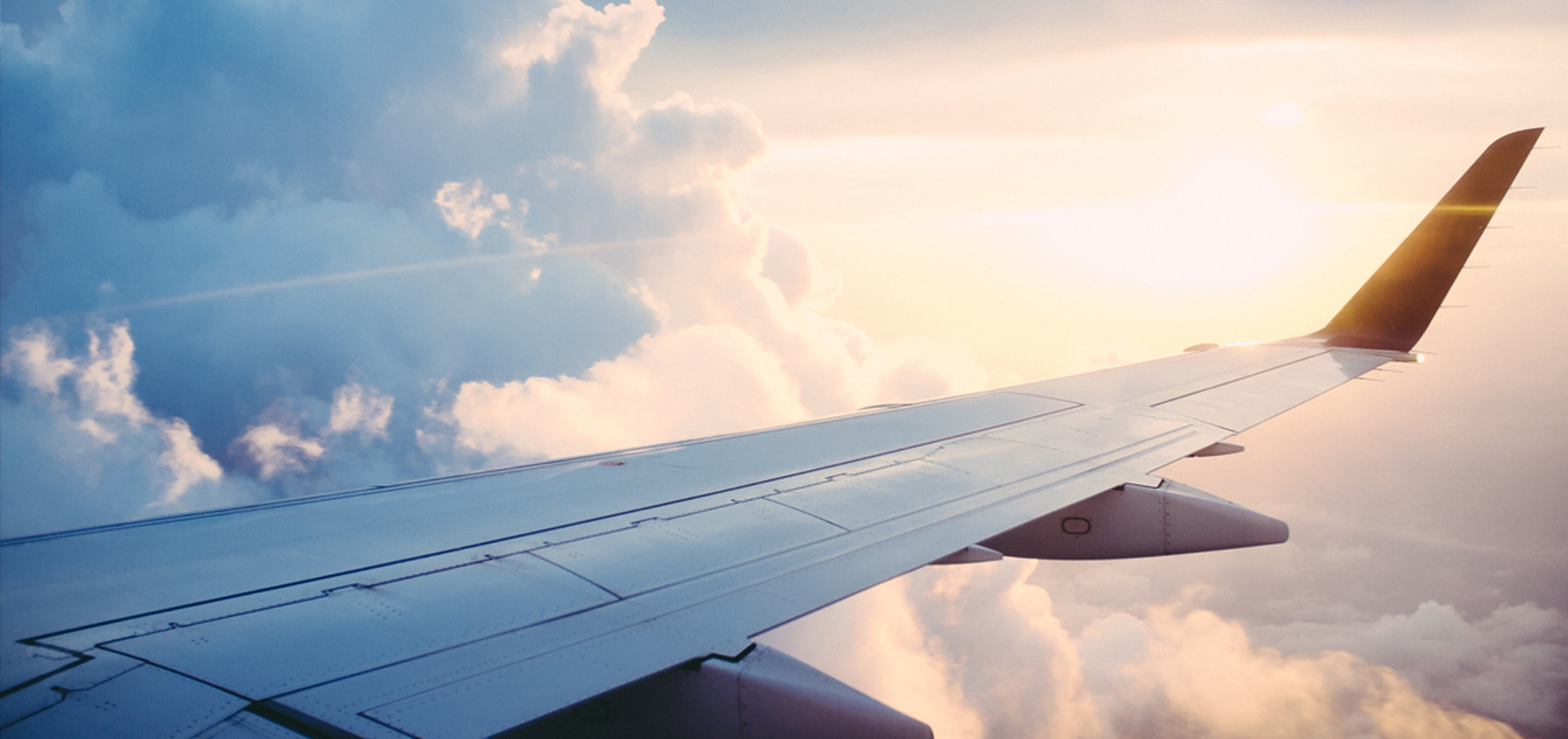
Flight Options for Lanzarote
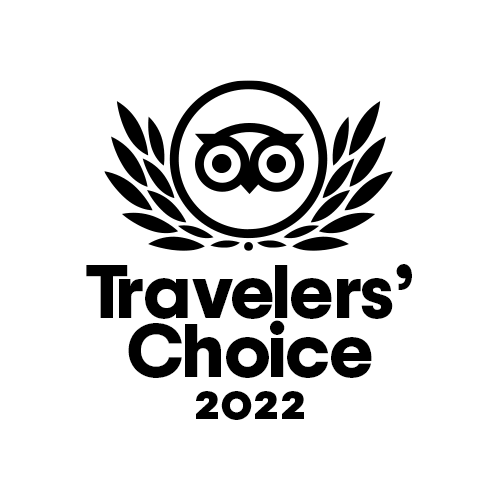
Tripadvisor

O'neill Surf Academy

International Organization Stand Up Paddle

Federación Española de Surf

Federación Canaria de surf

Drysurf Training system

SurfCamp.es
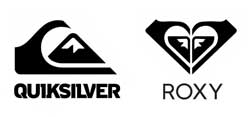
Quicksilver Roxy
Add programs to your reservation, contact us directly or request a call back.
